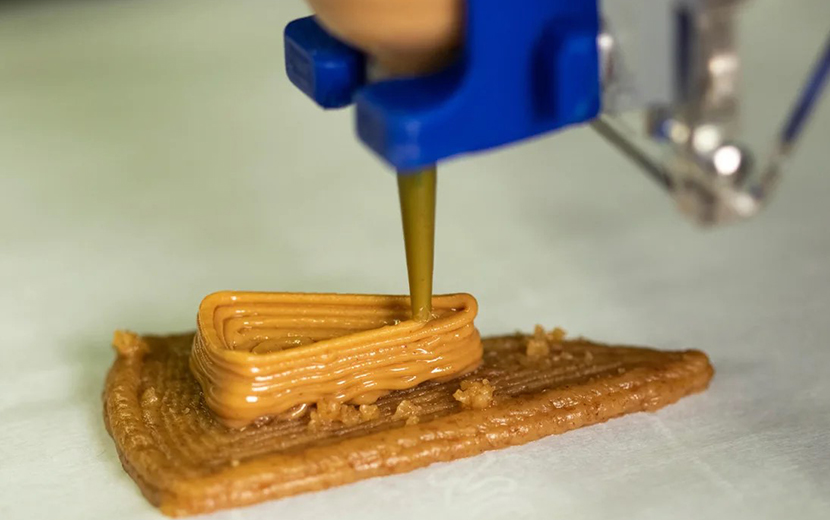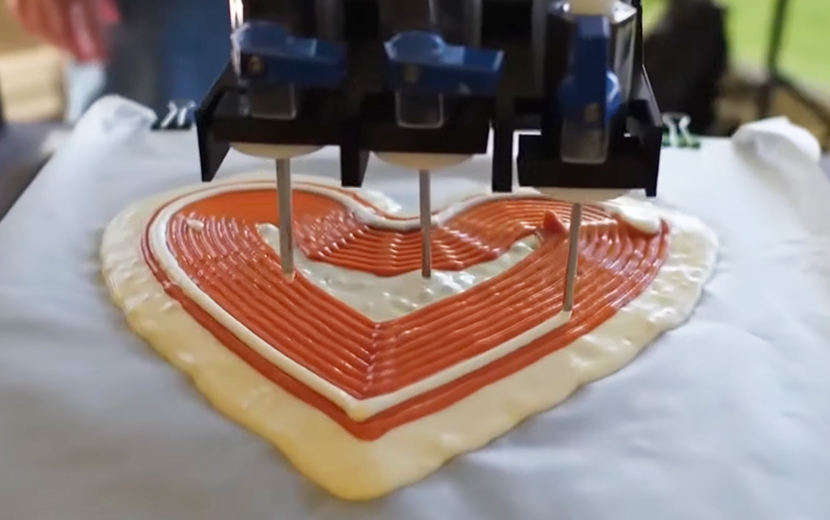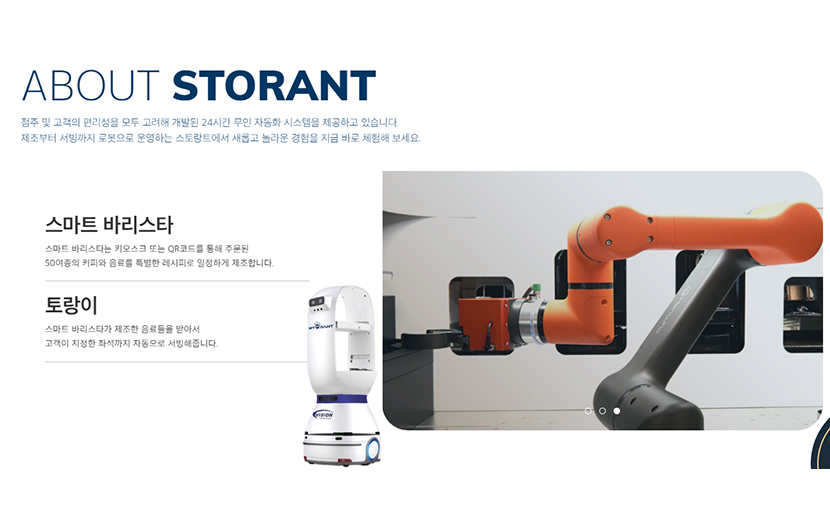Foodtech, a combination of food and technology, refers to a new industry that combines advanced technologies such as artificial intelligence (AI), Internet of Things (IoT), and biotechnology (BT) in the production, distribution, and consumption of food. Foodtech has been in the spotlight since 2015, and now global investment in foodtech startups is surging. Global market research organizations, including the Nikkei BP Research Institute, expect the global food tech market to grow at an average annual rate of 6 to 8 percent. As of 2020, the domestic foodtech market is estimated to be around 61 trillion won, with a high growth rate of over 30% annually between 2017 and 2020, and is expected to become a new avenue for the domestic agri-food industry.
10 key food tech areas identified by the Ministry of Agriculture, Food and Rural Affairs
First, there is a growing convergence between technology and the agri-food industry, as the technologies of the Fourth Industrial Revolution align with the technological needs of the food production, processing, restaurant, distribution and consumption sectors. Second, the demand for alternative foods that can replace animal protein has increased due to the emergence of a culture of ethical and value-based consumption and a heightened awareness of the need to respond to climate change. Third, efforts to address the double whammy of rising minimum wages and labor shortages and to avoid strenuous physical work environments are also important factors. Fourth, demand for customized diets that take into account individual health and nutritional conditions has surged due to the entry of the super-elderly into society and the spread of hyper-personalized consumption. Finally, the surge in demand for non-face-to-face agri-food shopping, ordering and delivery services due to the COVID-19 pandemic has been a major factor in accelerating the growth of foodtech.
The domestic and international foodtech market is expected to grow significantly in the coming years, mainly in the areas of precision agriculture systems in smart farms and plant factories, protein substitutes, online distribution, robots in food production, cooking and serving, and unmanned systems. These sectors are considered to be well positioned for growth in terms of technological advancement, market access, consumer demand, and social and environmental issues.
Smartorant, an unmanned cafe where robots brew and serve coffee, captured from the official website
Especially in Korea, general and fast food restaurants are building automation systems by introducing robots due to labor shortages and rising labor costs. In 2021, the number of domestic serving robots will be about 3,500, with a market size of about 90 billion won, and is expected to more than triple to about 11,000 in 2023, with a market size of about 300 billion won.
Sources: Yang, Seung-yoon (2022); Maeil Business (reprinted) (Sept. 30, 2022). “Frying chicken, brewing coffee… Robots instead of part-time workers provide ‘respite’ from labor shortages.”
Representative serving robots in Korea include LG Electronics’ CLOi ServeBot and [Woowa Brothers Corp.’ Deli Plate, and in the case of cooking robots, systems are being developed and commercialized by various food-tech startups in Korea, and subsidiaries of large companies such as LG Electronics and Doosan Robotics are also entering the cooking robot market.
Image source: CLOi SubBot, ChefBot, LG Electronics official website / Dilly Plate, Monthly Restaurant / Chicken Robot, Robotarte official website
According to the results of a consumer survey by Hong, Yeon-ah, et al. (2023), half (49.2-51.8%) of the respondents said that their willingness to use service robots (ordering robots, serving robots, delivery robots, and cooking robots) has increased. The main reasons for the increase in willingness to visit restaurants using service robots were “non-face-to-face hygiene” for ordering and serving robots, and “novelty” for delivery and cooking robots. On a scale of 1 to 5, ordering robots received the highest score of 4.33, followed by serving robots with a score of 3.97. The most common reason for the expected increase in the use of each service robot was “to reduce labor costs.
Source: Yeon-A Hong et al (2023), “Innovation Trends and Future Prospects of the Foodtech Industry.
Source: Yeon-A Hong et al (2023), “Innovation Trends and Future Prospects of the Foodtech Industry.
The foodtech industry is expected to rapidly transform the existing food industry ecosystem by converging agriculture, animal husbandry, food manufacturing, logistics and distribution, and food service with ICT technology. At a time when the positive impact of the foodtech industry is being evaluated and somewhat vaguely expected, it is necessary to look at the future of the foodtech industry in terms of the importance and impact of technology, infrastructure construction, and employment changes. With the changing needs of consumers, the development of technology and related industries, and policy responses, we look forward to the future of the food technology industry and its social impact.
By Dr. Yeon-Ah Hong, Korea Rural Economic Institute
2023.09.21










